Description
The first chapter serves as an introduction to our subject matter and elucidates the reasons why it is pertinent to the society of today. At the same time, it sheds light on the issue that we are going to try to solve. In the beginning of the second section, we will finish completing our broad research objectives, and then we will choose the exact goal that we want to accomplish. Next, provide an explanation of the relationship between our overall research aims and our overall research goals. Second, it will investigate a wide range of computer vision and deep learning approaches, all of which have the possibility of being included into the solution in some way. In the third chapter, the emphasis is placed not only on how the answer is implemented and used in reality, but also on how the theory offered in the second chapter contributes to the solution. In this part of the article, we also look at how the answer contributes to the solution. In spite of the fact that these findings are discussed in the fourth part, a more in-depth analysis will be provided in the next section. In the sixth chapter, we address which methods and implementation strategies should be prioritised in the work that will be done in the future. Those who work in the area of innovation have long had the ambition of developing machines that are capable of thought. There is evidence of this requirement dating back to ancient Greece at the very least. Pygmalion, Daedalus, and Hephaestus are just a few of the characters from Greek mythology who have been presented throughout history as famous pioneers in their respective areas. In Greek mythology, there are a number of other characters, such as Galatea, Talos, and Pandora, who are said to symbolise fabricated life. Ever since the idea of programmable computers was first imagined, people have speculated on the likelihood that programmable computers would one day be able to achieve a high level of accuracy.
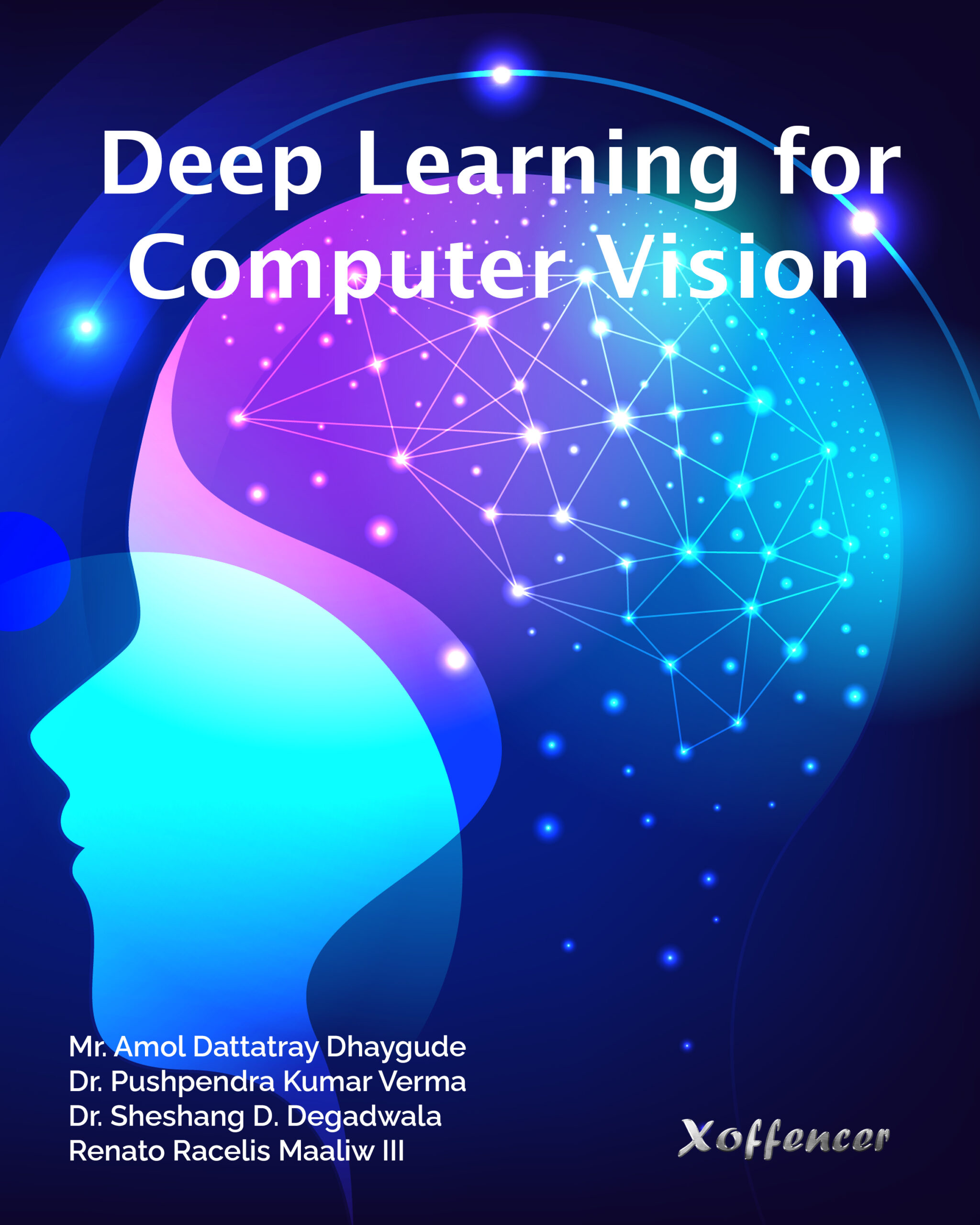

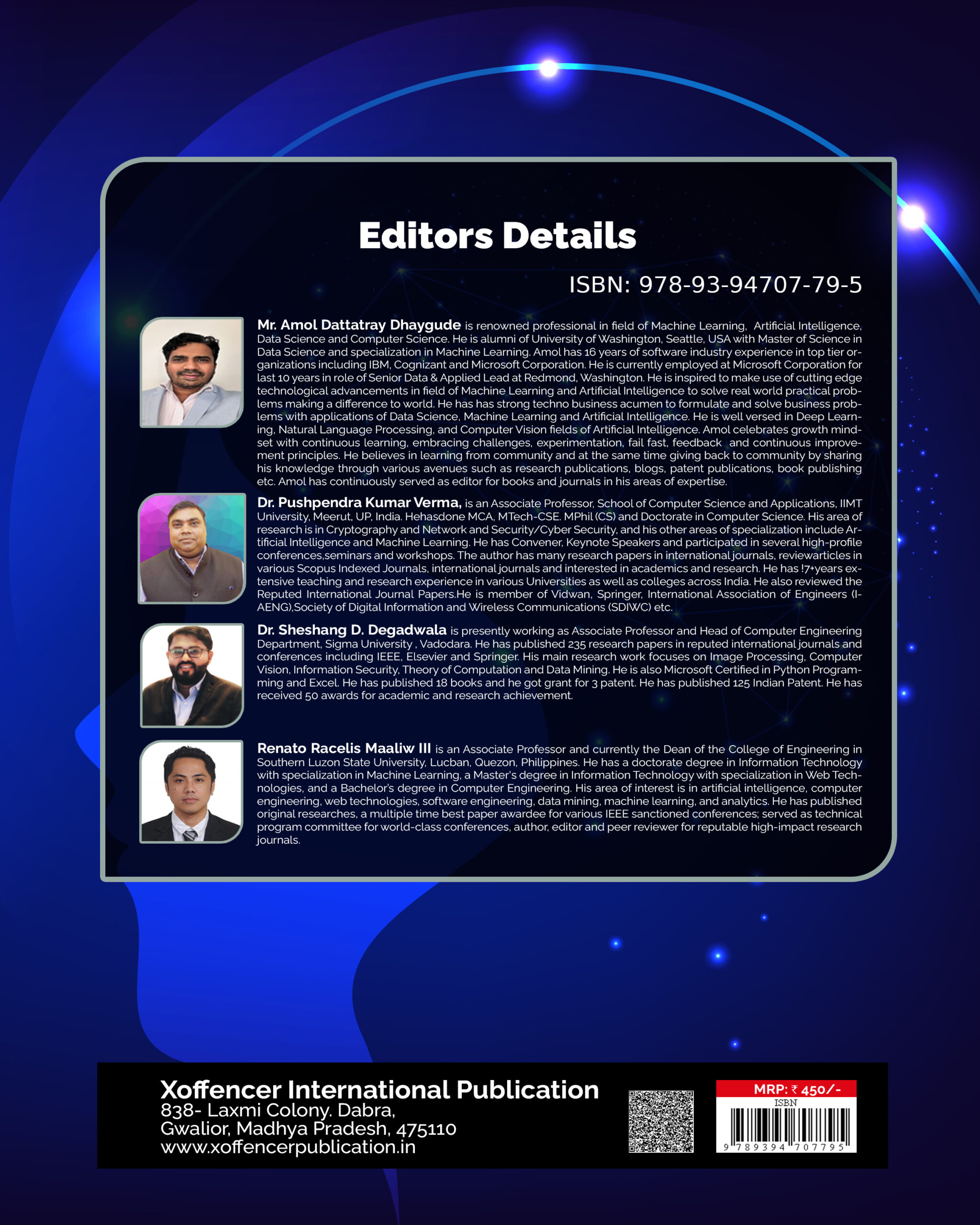
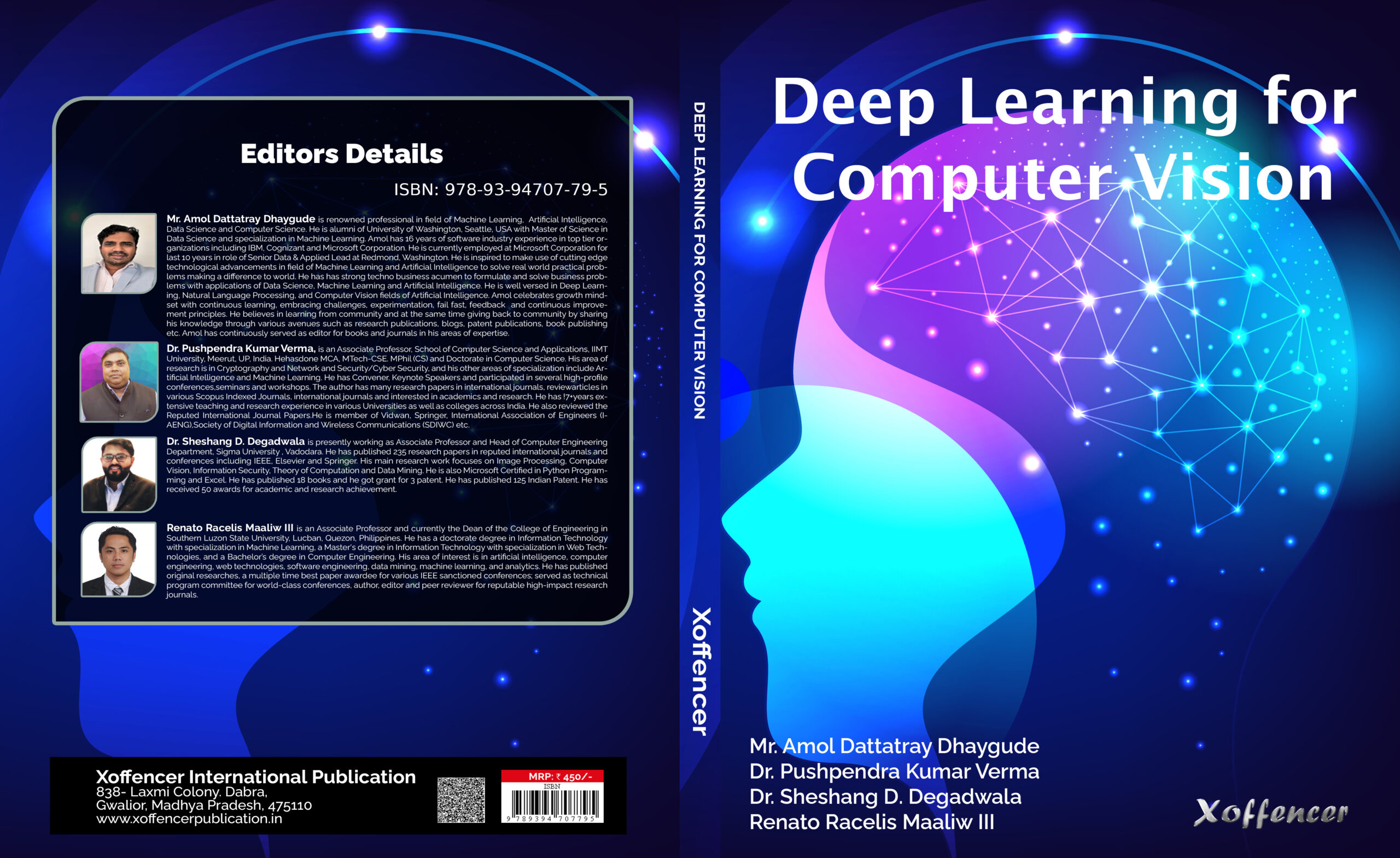




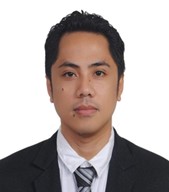
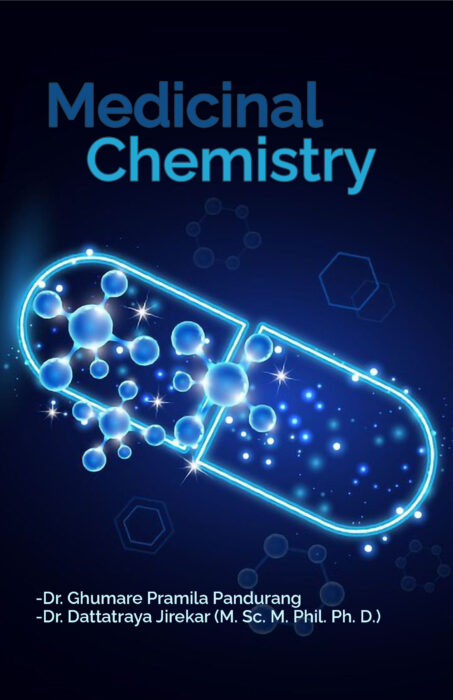
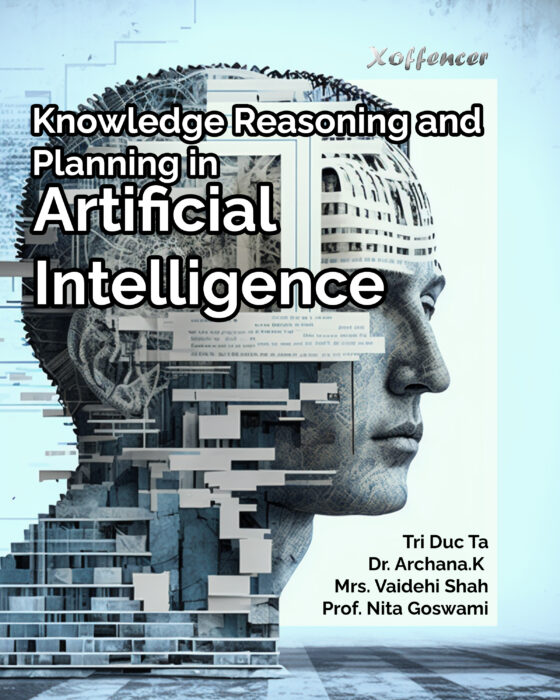
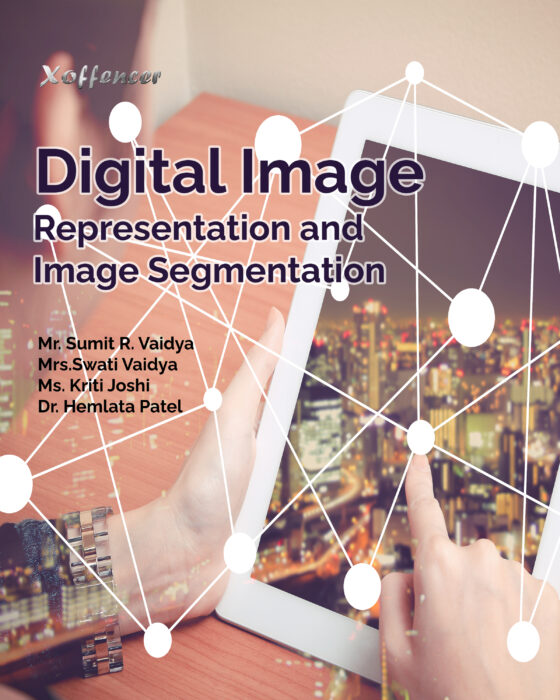
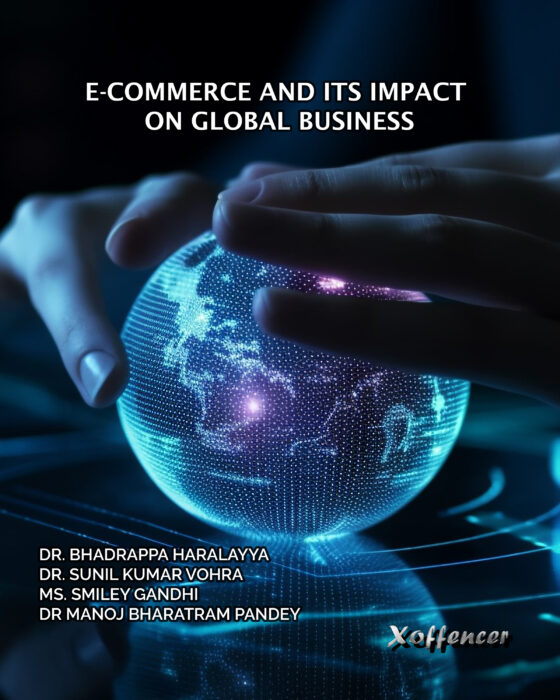
Reviews
There are no reviews yet.